BOREHOLE ROD EXTENSOMETER
The Geosense® GEO-XB2 borehole rod type extensometer range is used to measure and locate settlement, displacement and deformation in soil and rock.
It consists of a reference head and one or more in-hole anchors each of which is placed at a known depth and connected to the reference head by either a rigid or flexible rod running inside a flexible sleeve, which keeps the rod de-bonded from the grout.
Categories: Extensometers, Geo-Structural Instruments
Description
As the soil or rock deforms the distances between the in-hole anchors change, as do the distances between the individual in-hole anchors and the reference head. The magnitude, distribution and rate of deformation can be accurately measured at the reference head.
The GEO-XB2 rod type extensometer range is available in a wide range of reference heads, anchors, rods and measuring sensors.
Additional information
| Brands |
|---|
Reviews (0)
Be the first to review “BOREHOLE ROD EXTENSOMETER” Cancel reply
About brand
Geosense Ltd is one of Europe’s leading manufacturers and suppliers of instruments to the geotechnical, civil engineering, mining and environmental industries.
Geosense products are used globally in major projects in more than 68 countries. With a comprehensive in-house design and manufacturing capability, we can provide products not only to tight deadlines but also to suit custom-engineered solutions for specific project requirements.
Geosense specialises in the manufacture of vibrating wire and MEMS sensors, which are used to produce a wide range of instruments. In addition we manufacture automated data acquisition systems to complement our sensors, including wireless systems.
Data Sheets
Related products
IPX IN-PLACE EXTENSOMETER
In stock
Rated 0 out of 5
The In-Place Extensometer (IPX) offers automated monitoring of standard magnetic extensometer installations. The system is designed for a simple, adaptable installation with a single cable connection at the top of the borehole. Its large measurement range accommodates large levels of settlement or heave, and ease of adjustment means it can be reconfigured for changed site conditions such as embankment filling or cutting.
STRAIN GAUGE PIEZOMETER SGP-3400 SERIES
In stock
Rated 0 out of 5
The SGP-3400 Series of strain gauge piezometers are designed for monitoring soil pore pressure or changes in water level and are also suitable for dynamic monitoring such as pumping tests.
They are accurate, highly-reliable and suitable for use in the harsh environments often found within civil engineering including water wells, boreholes, dams, reservoirs, rivers, tanks or any other body of water.
DIGITAL PIEZOMETER – dPiezo
In stock
Rated 0 out of 5
IPI-X IN PLACE INC – EXT
In stock
Rated 0 out of 5
WATER LEVEL METER
In stock
Rated 0 out of 5
PENDULUM SYSTEM
In stock
Rated 0 out of 5
HPS-3500 (Hanging) and IPS-3000 (Inverted) Pendulums are used to measure the tilt or rotation by measuring the relative internal horizontal displacement of points along a true vertical line. Each has a tensioned, stainless steel wire and the effects of the earth gravitational forces to guarantee a perfectly vertical line between a fixed point and a tensioning mechanism. Typical applications include concrete dams, bridges and high rise buildings.
INCLINOMETER SPIRAL SENSOR
In stock
Rated 0 out of 5
REED SWITCH PROBE
In stock
Rated 0 out of 5


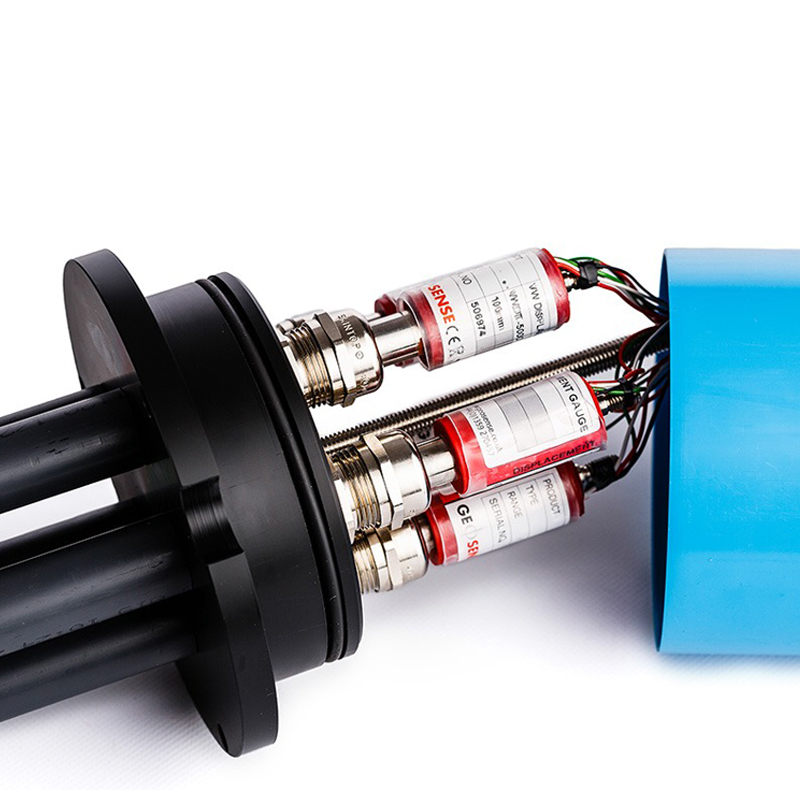
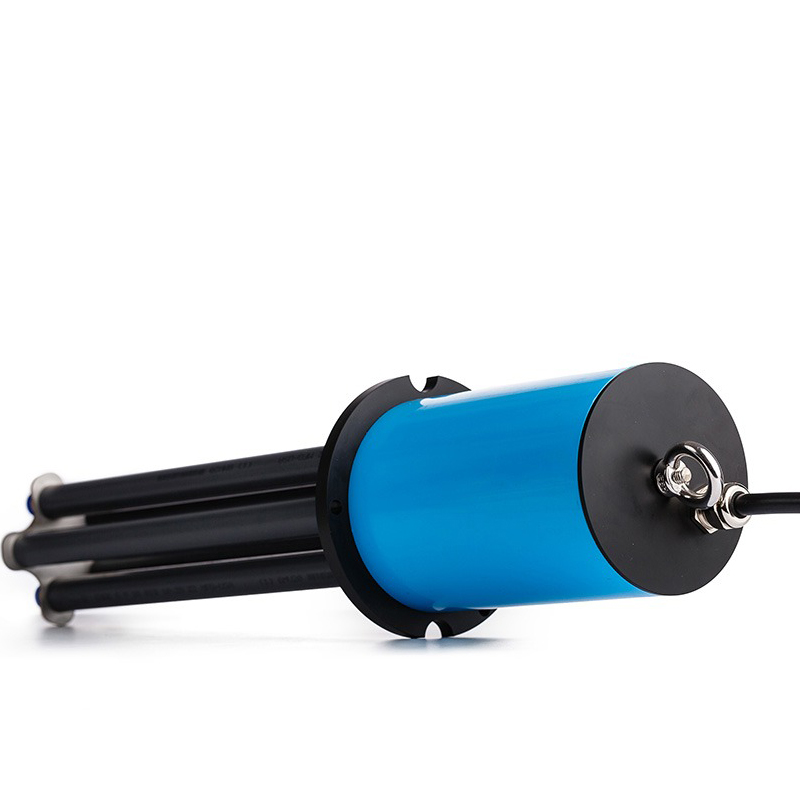

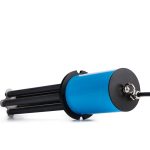

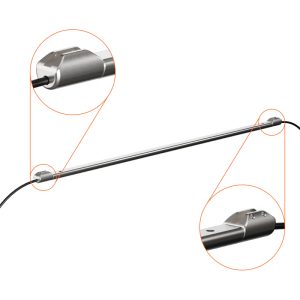
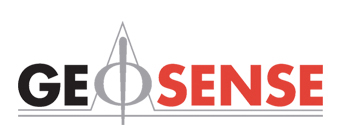
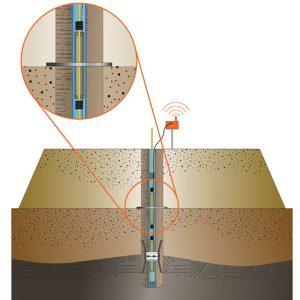
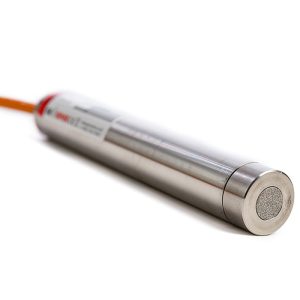
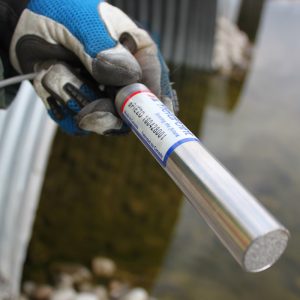
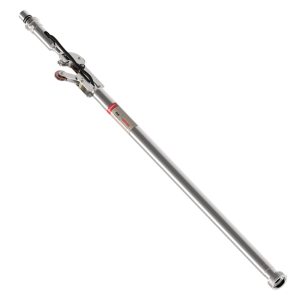
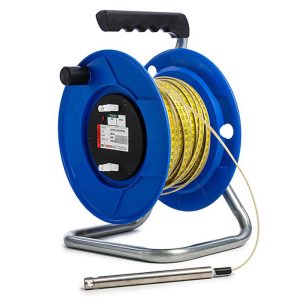
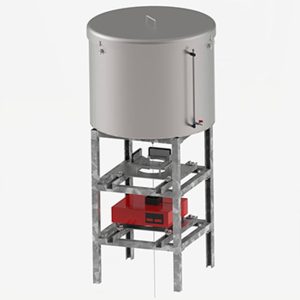
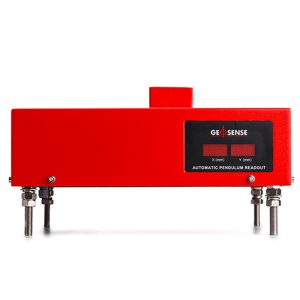
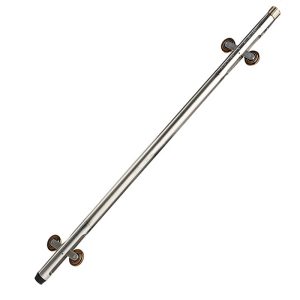
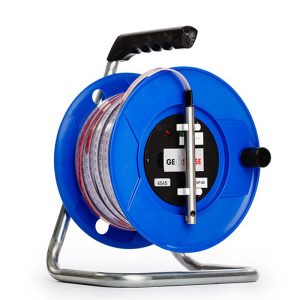
Reviews
There are no reviews yet.